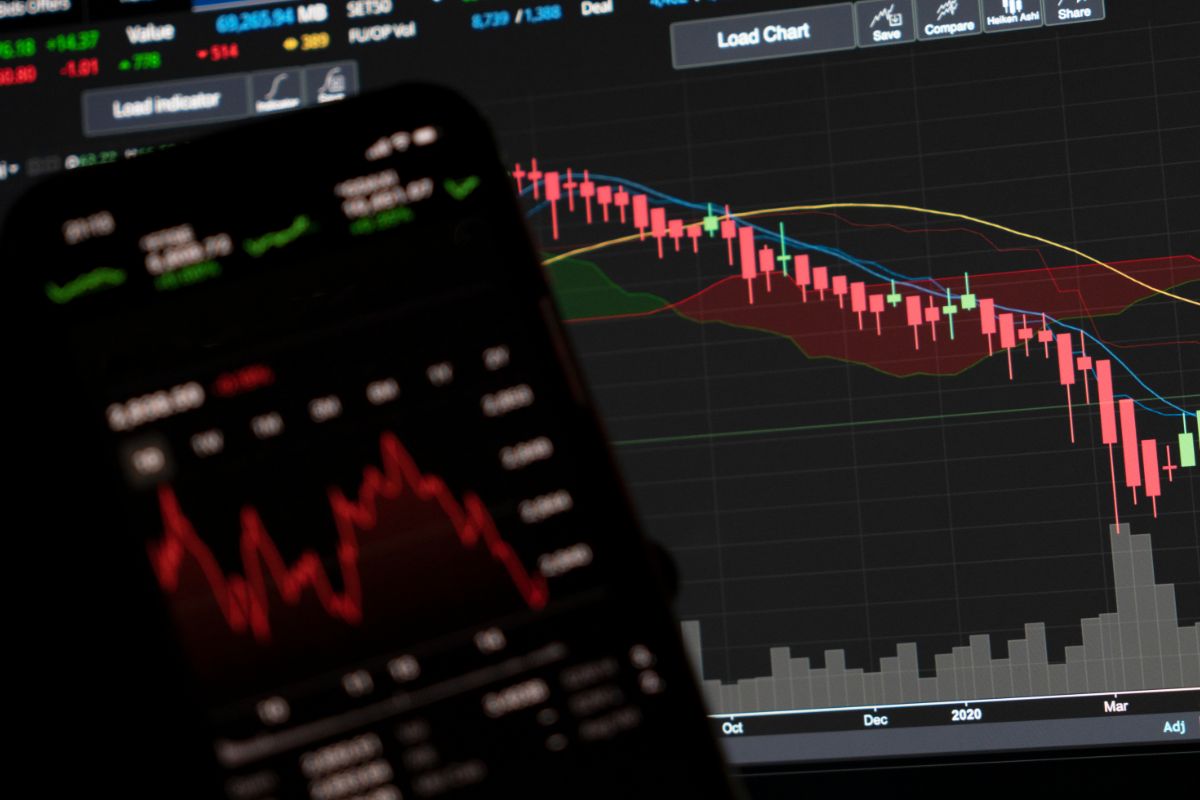If you’re looking to invest in the stock market and are researching which stocks to buy, you may have seen the phrase “turnover rate” or “turnover ratio” mentioned in relation to different holdings.

But what does this mean? Is a high turnover rate a good or a bad sign?
In this article, we will look at what a turnover rate is and what it means for your investments.
What Is Turnover Rate?
The turnover rate refers to the number of stocks in a mutual fund or portfolio’s holdings that have been replaced in a year.
The number is expressed as a percentage and the year can be any continuous 12-month period, such as a calendar year or a business’s fiscal year.
For example, if mutual fund A invests in 100 stocks during 2022 and replaces 25 of these, this gives them a turnover rate/turnover ratio of 25 percent.
Replacing 75 would give them a turnover rate of 75 percent. As some funds hold equity for less than a full year, their ratios can easily exceed 100 percent.
Remember, this number is presented as a percentage so it doesn’t necessarily mean that every single individual holding has been replaced if the rate hits 100 percent or higher.
The turnover rate is an expression of the proportion of stocks replaced in one year.
You will see this referred to as both a turnover rate and a turnover ratio. The two terms are interchangeable and have the same meaning.
What Affects The Turnover Rate?
There are many factors that can affect the turnover rate. The main ones are the type of mutual fund it is, the investment objectives it has, and the investing style of the portfolio manager.
A bond fund, for example, is certain to have a high turnover rate because bond investments naturally encourage active trading and frequent replacement of stocks. In contrast, an index fund will have a lower turnover rate as these follow the strategies of a specific index and the companies included in an index don’t change very frequently.
The investment strategy of many other types of mutual funds can be deduced by their turnover rate.
An actively managed mutual fund that has a low turnover rate is usually a sign of a fund or portfolio manager that prefers a buy-and-hold strategy.
However, funds with higher turnover rates are usually ones that opt for a market-timing approach of replacing stocks when necessary.
Why Is Turnover Rate Significant?
There is no hard and fast rule that says a high turnover rate is always bad and a low turnover rate is always good or vice versa. As a single measure of performance, the turnover rate is not something that should dictate how you choose to invest your money .
However, the turnover rate of a fund should be looked at as there are some consequences attached to it.
For example, if a fund has a high turnover rate, it means that the fund will probably have higher costs as each time a stock is bought or sold it attracts spread payments and commission fees.
Higher costs such as these can lower the overall return of a fund. Also, a higher turnover rate is more likely to generate short-term capital gains and these are considered ordinary income for tax purposes and will be taxed at ordinary rates.
Short-term capital gains include any stocks or bonds held for less than a year. They can be taxed at a rate of up to 37 percent as of 2021, but the exact tax rate depends on your tax bracket and personal circumstances.
You can also use turnover rate as a way of comparing similar funds to see how their investing approach differs and which might be best for you.
If the average turnover rate for a specific type of fund is around the 80 percent mark but there are several funds that have lower percentages of 60 percent.
These will be funds that operate more conservatively and prefer a buy-and-hold strategy. For equally conservative investors, these funds might be more appealing.
Is A High Turnover Rate Bad?

As we just mentioned, a higher turnover rate will result in higher fees that can reduce the overall return of a fund. It can also cause the gains to be classified as short-term capital gains and attract ordinary tax rates.
However, that doesn’t necessarily mean that avoiding high turnover rates is preferable. It’s always best to look at the full performance of a fund instead of just the turnover rate before deciding where to invest or whether to devest.
What Are Turnover Rate Warning Signs?
One thing to look out for, however, is if a specific fund has a turnover rate that is greatly different from other similar funds. Small deviations are to be expected and can be a sign of a different investment strategy, but major outliers should be looked at with suspicion.
If every mutual fund has a turnover rate of 60 to 70 percent but one has a rate of only 20 percent, you should ask questions about why this is. It can be a sign that the portfolio manager is not correctly assessing the market and is ignoring obvious trends.
Likewise, a turnover rate that is vastly higher than other similar funds should make investors question why such radical changes were made to the portfolio when other companies didn’t act the same.
Final Thoughts
The turnover rate or turnover ratio of a mutual fund or portfolio tells you how many of its stocks have been replaced in a 12-month period. The number is always expressed as a percentage and can be over 100 percent, but is typically much lower than this.
The turnover rate shouldn’t be taken as a positive or negative sign of whether to invest or devest on its own, but it can indicate the investing strategy of a fund.
- Dividend Growth Investing for Millennials - February 27, 2025
- The Ultimate Guide to Investing in Precious Metals Today - December 6, 2024
- Essential Cryptocurrency Trends: What You Need to Know - December 6, 2024

